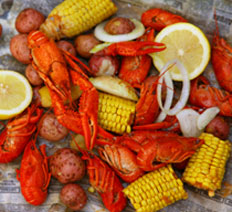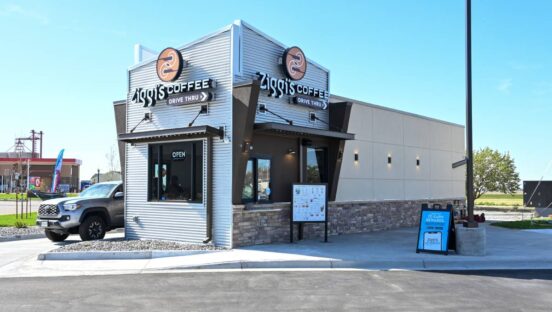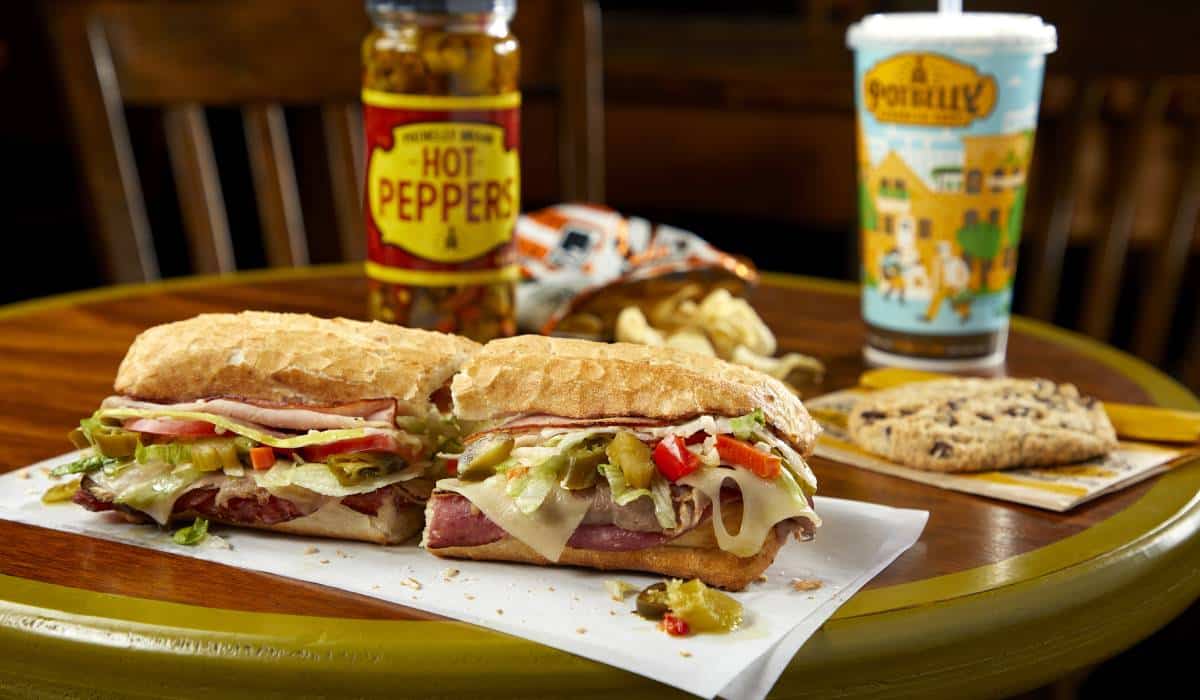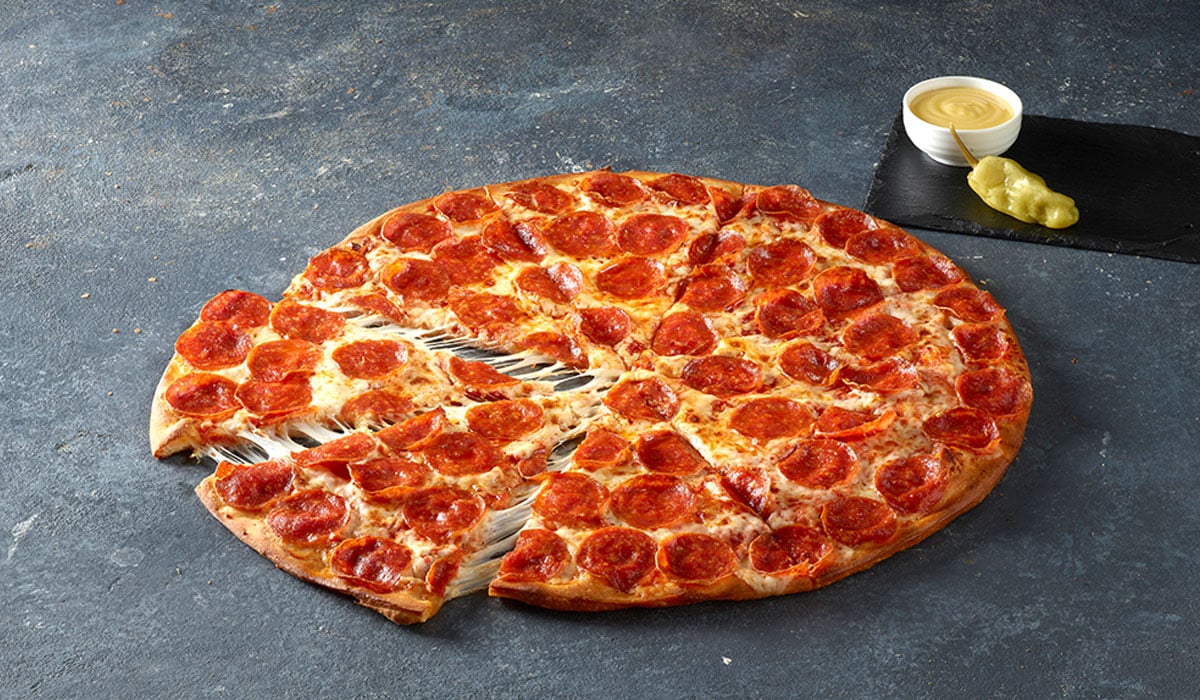With the New Orleans Saints’ Super Bowl win and Mardi Gras festivities already under way, February promises to be a good month for Louisiana. The icing on the cake—or the okra in the gumbo—is that the state was recently singled out by the International Culinary Tourism Association (ICTA) as one of the premier destinations in the country.
In a report earlier this month, the association homed in on Louisiana because, while New Orleans’ culinary reputation is well established, “if you dig a little deeper you start to see the whole state has great food and drink,” says ICTA managing director Erik Wolf.
The report sought to assess the strategies that different destinations around the world had in place to foster culinary tourism, not solely the quality of food in a given place. While Washington, Michigan, Oregon, and Ohio all have good programs, Wolf says, Louisiana stands out as the “primary hot spot” in the country.
“A lot of states are doing a little, but Louisiana is doing a lot, and they’re doing it well,” he says.
Wolf stresses that, while many culinary tourists are wine connoisseurs and gourmets, drawing hungry travelers is not just a boon for fancy restaurants.
“It benefits the quick-service restaurants because the larger the pie, the bigger everyone’s slice,” he says. “Even if you’re a culinary tourist … you’re still going to spend some of your money in the chain establishments. You might spend $100 per person once or twice in a week trip, but you don’t want to spend that kind of money every dinner.”
Ralph Bower, COO of Popeyes Louisiana Kitchen, agrees that more visitors will help the whole restaurant industry.
“Certainly the more folks that we’re able to bring to the region for any kind of tourism is good for us as a brand and certainly good for our business,” says Bower, who also acknowledges the state’s efforts to revitalize tourism after Katrina.
But Bower views Louisiana’s affordable eateries as an integral part of the state’s cuisine, not merely a cheap alternative.
“The New Orleans dining experience is not just a fine-dining experience,” he says. “It’s about the local restaurants, the mom-and-pop kind of restaurants.”
After Hurricane Katrina in 2005, Louisiana had to repair its public image on top of its flooded streets. Since New Orleans drives the state’s tourism industry, reminding outsiders about the city’s top-notch cuisine was crucial. But in 2008, the tourism industry also started pouring money into introducing prospective visitors to lesser-known culinary gems throughout the state.
The efforts, Wolf says, were a success.
“The fact that they had the hurricane really pushed them into action,” he says. “What they were able to achieve in those three years [from 2008 through 2010] was nothing short of a miracle.”
In 2008, the Louisiana Travel Promotion Association (LTPA) received $650,000 in public and private funding, including $300,000 from the state and major support from Tabasco and the state seafood association. It received another $650,000 in 2009 and $450,000 this year, with the amount reduced largely because of state budget reductions.
The money went toward mapping out culinary trails in seven regions statewide and promoting Bayou State cuisine across the country, as well as internationally.
The goal, says LTPA co-executive director Darienne Mobley, was to change Louisiana’s image as a natural disaster site.
“Katrina was devastating to the whole state,” she says. “Whether you were in Shreveport or New Orleans, the perception by potential visitors was that we were under water.
“It made us really take a hard look at how we could change this story around. For us, we wanted to have a single message, and that was the culinary experience of Louisiana.”
Measuring the success of the culinary tourism push is difficult, Mobley says, especially as many restaurants, from fine-dining establishments to quick serves, often don’t even know they are on one of the trails.
“A lot of people go on the culinary trail and they take their brochures and they eat in places—and we don’t have that written down anywhere,” she says. “We don’t really know the return on investment for the whole program.”
Mobley says her association is working on ways to better gauge the impact of its efforts.
Despite the lack of hard evidence, Wolf commends Louisiana for leading the pack in terms of culinary tourism nationwide.













